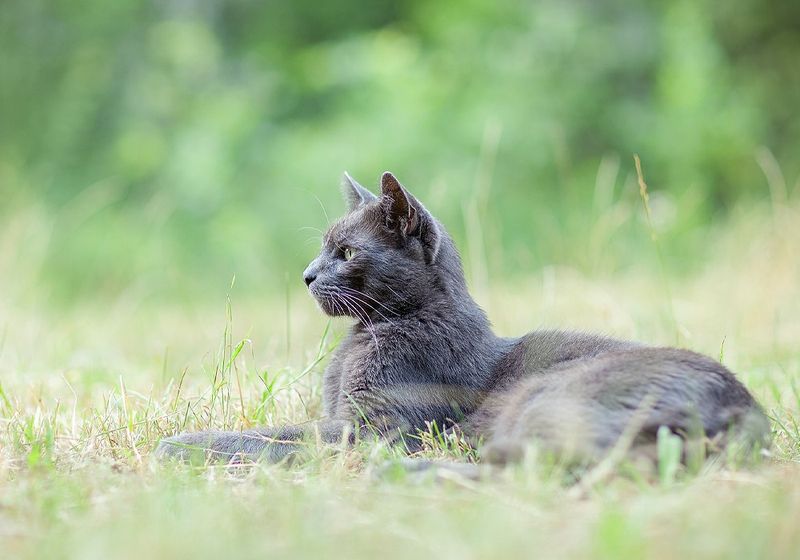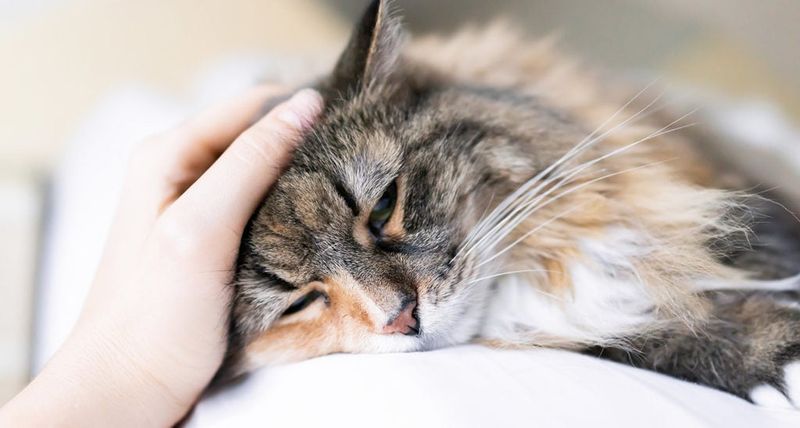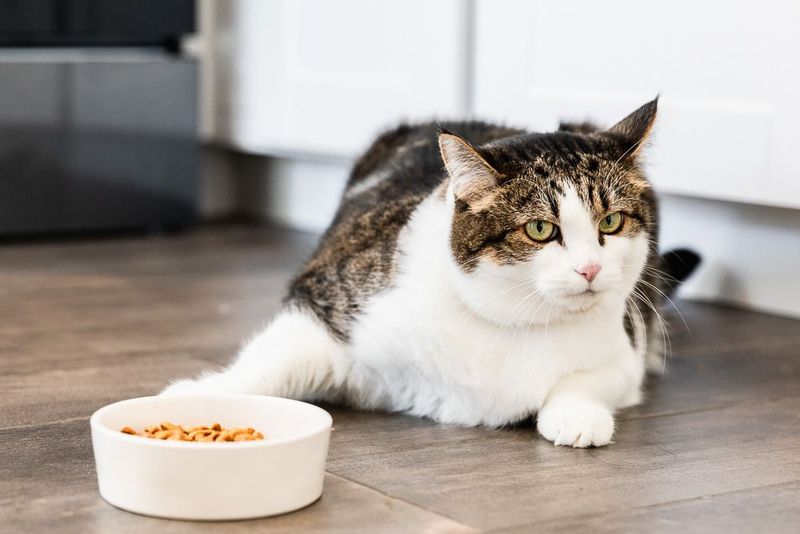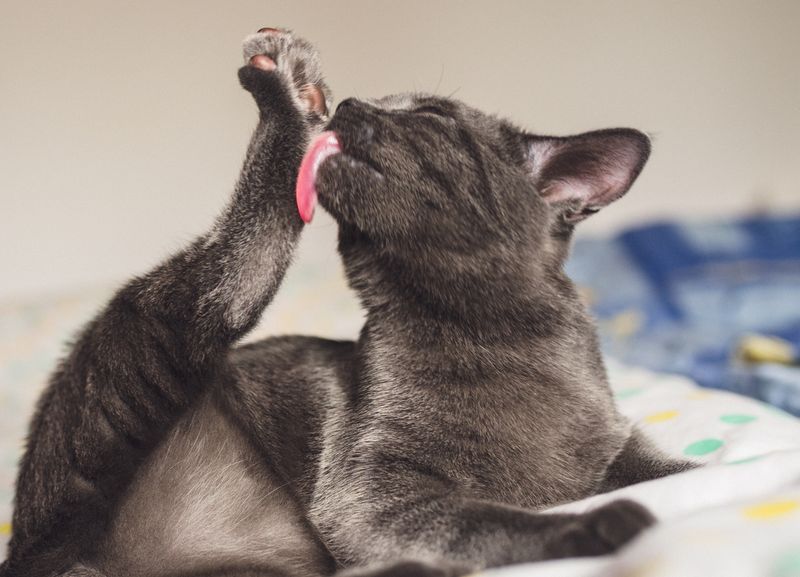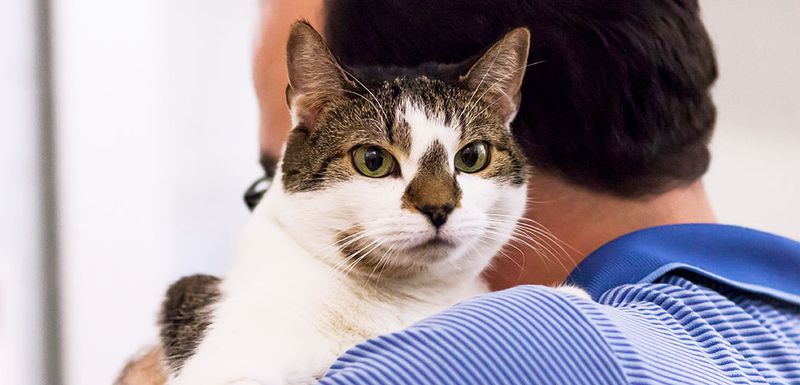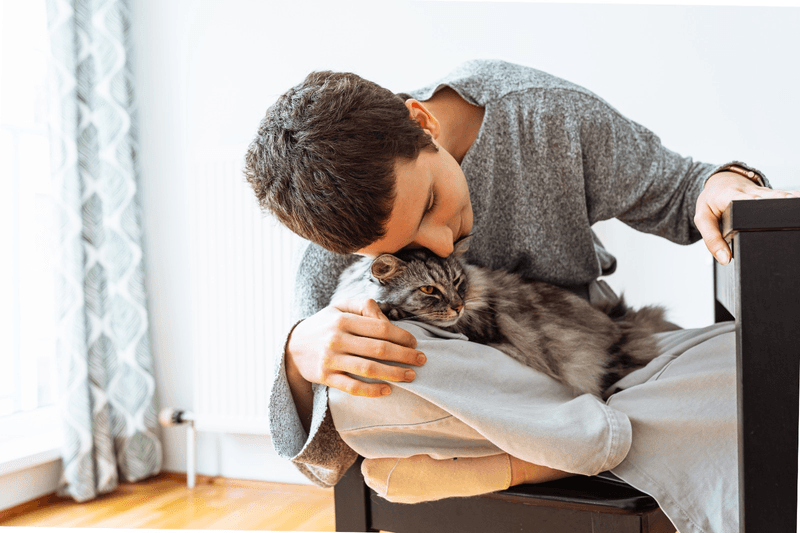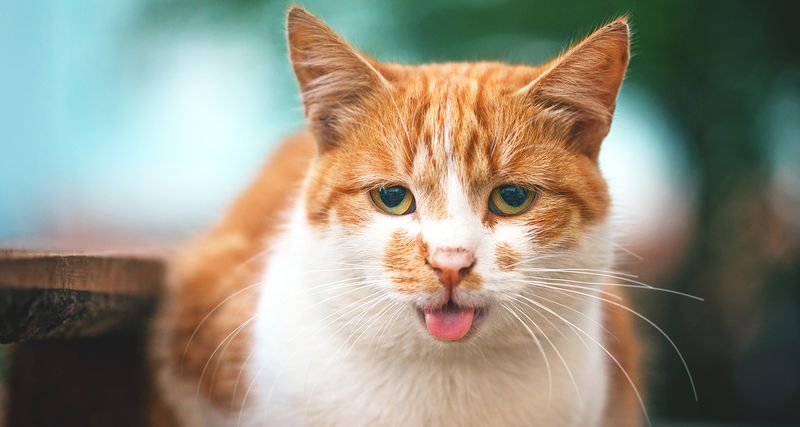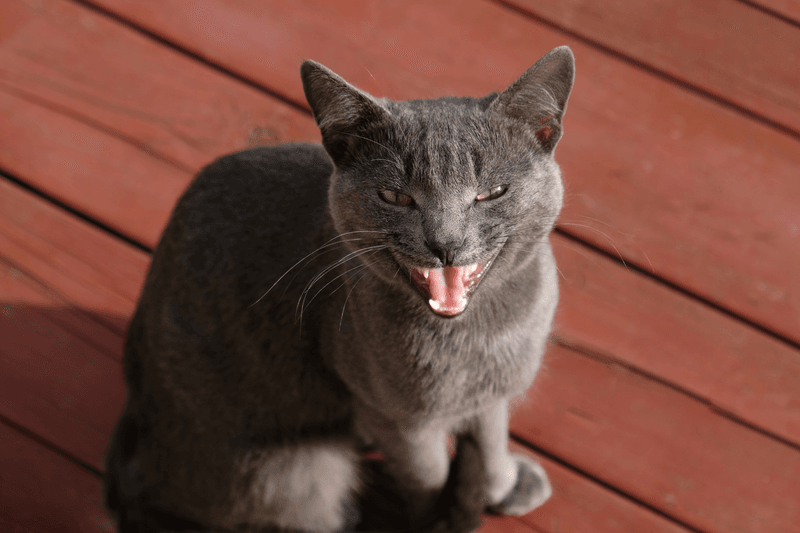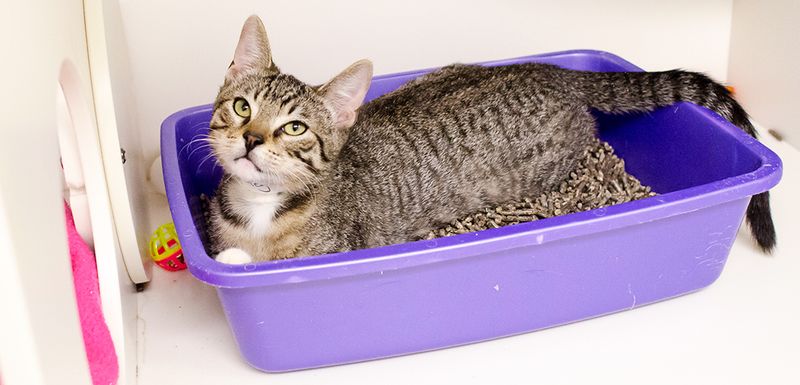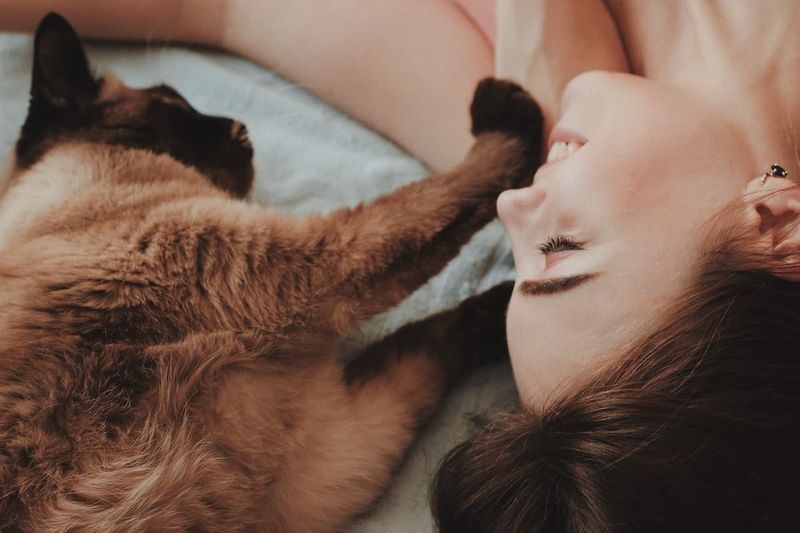📖 Table of Content:
- 1. Withdrawing from People and Other Pets
- 2. Changes in Sleep Patterns
- 3. Loss of Interest in Food and Water
- 4. Reduced Grooming Habits
- 5. Decreased Responsiveness
- 6. Sudden Clinginess or Seeking Comfort
- 7. Changes in Breathing
- 8. Unusual Vocalizations
- 9. Incontinence or Litter Box Avoidance
- 10. Seeking Out “Safe” or Symbolic Places
- 11. Unexplained Calmness or Stillness
Saying goodbye to a beloved cat is one of the most emotional experiences a pet owner can face. As mysterious as they are affectionate, cats often exhibit subtle emotional and behavioral changes as their final days approach. These changes can be quiet and easy to miss, but for those who are deeply connected with their feline companions, the signs often feel unmistakable.
Cats have a remarkable way of sensing their own mortality. While they may not comprehend death in the same way humans do, they do seem to instinctively know when something within them is changing. In those final stages, their actions are often more about seeking peace, comfort, and dignity than anything else.
Understanding the signs a cat may show near the end of life can help caregivers prepare emotionally and offer the compassionate care their feline friend deserves. By recognizing the subtle emotional cues and physical behaviors, you can help ensure that your cat’s final moments are as peaceful as possible. Here are 11 ways cats often prepare for the end of life.
1. Withdrawing from People and Other Pets
Retreating from social interaction is one of the most common signs seen in cats nearing the end. Rather than curling up on your lap or snoozing in the sun beside a companion, they may begin spending more time in secluded spots. Closets, behind couches, or under the bed often become chosen hiding places. This behavior reflects a deep-rooted instinct to be alone when vulnerable. It’s not necessarily a sign of fear or sadness—it can simply be a way to conserve energy and find peace. Owners may feel rejected, but it’s important to respect the cat’s desire for solitude. Offering quiet support without forcing attention can be the most comforting gesture.
2. Changes in Sleep Patterns
Instead of their usual rhythm of naps interspersed with bursts of activity, dying cats may slip into near-constant sleep. Fatigue becomes overwhelming as the body starts to shut down. You might notice them sleeping in one position for extended periods, barely lifting their head when disturbed. Even when awake, they may seem dazed or disengaged. Restlessness, in some cases, can replace deep sleep, showing discomfort or inner turmoil. These shifts are not just about tiredness—they reflect deep physiological changes. Monitoring your cat’s comfort during sleep becomes a quiet way of caring for them.
3. Loss of Interest in Food and Water
Suddenly refusing food or water can feel alarming to any pet owner. This isn’t just pickiness or a temporary lack of appetite—it often signals serious decline. As organs begin to slow or shut down, hunger and thirst simply fade away. You may try offering favorite treats or different types of food, only to be met with disinterest. Even drinking may stop entirely, causing visible dehydration. While it’s instinctual to try to encourage eating, it’s important to understand this is a natural part of the process. Rather than pushing food, focus on comfort and gentle companionship.
4. Reduced Grooming Habits
Where once your cat was meticulous about keeping their coat pristine, now their fur may look dull, matted, or oily. Grooming requires both energy and flexibility—two things a dying cat no longer has in abundance. This decline in personal upkeep is usually gradual but noticeable. Cats that once cleaned every inch of their body might now ignore large areas completely. The change can make them look older almost overnight. It’s often a sign that they’re losing interest in their usual routines. Offering gentle brushing can help maintain their dignity and provide soothing physical contact.
5. Decreased Responsiveness
Gone are the quick reactions and curious glances that once followed every sound and movement. A cat nearing the end may appear disengaged from their environment. Calling their name might result in no response at all, or just a slow turn of the head. Their favorite toys and games might now go untouched, gathering dust. This detachment isn’t a lack of love—it’s a sign of emotional and physical retreat. As awareness fades, cats often sink into a quiet inner world. Patience and presence, rather than stimulation, become the most valuable gifts you can give.
6. Sudden Clinginess or Seeking Comfort
While some cats pull away, others become unusually attached to their humans. A typically independent cat may now follow you from room to room or insist on sleeping next to you. These sudden shifts often surprise owners, especially if the cat was never overly affectionate before. It’s as if they are seeking reassurance and emotional warmth during uncertain times. This increased attachment can be comforting for both the cat and the person. They may nuzzle more, purr more deeply, or simply want to be near your heartbeat. Recognizing this as a final bonding gesture adds meaning to those last shared moments.
7. Changes in Breathing
Instead of steady, rhythmic breathing, you might observe shallow, rapid breaths or long pauses between inhalations. These patterns can vary widely, but they usually signal distress or a weakening system. Breathing may sound raspy, labored, or come in fits and starts. Often, there’s nothing that can be done to change this—it’s simply a physical manifestation of the body winding down. In some cases, breathing normalizes for a while before deteriorating again. This irregularity can be deeply unsettling, but remaining calm helps reduce the cat’s stress. Speak softly and ensure they are lying comfortably as the body adjusts.
8. Unusual Vocalizations
Rather than their usual meows, you may hear strange, low, or haunting sounds. Some cats become noisier than ever, expressing discomfort or disorientation. Others may go completely silent, even in situations that once triggered chatter. Vocal changes often reflect internal unease or confusion. These sounds are often more emotional than physical—echoes of a cat trying to communicate something hard to define. It can be heartbreaking, but understanding that they’re not crying for help, just expressing their state, can provide some peace. Stay nearby and let your calm voice soothe them if they seem anxious.
9. Incontinence or Litter Box Avoidance
Accidents outside the litter box may suddenly occur, even in cats who were always tidy. This loss of control can stem from muscle weakening, confusion, or sheer exhaustion. Some cats may not have the strength to get to their usual bathroom spot. They might also lie in soiled bedding, unaware or unable to move away. It’s a tough sight, but it’s not a sign of neglect or a lapse in behavior. Compassionate care means helping clean them gently and providing soft, absorbent pads nearby. Maintaining cleanliness supports their comfort and dignity.
10. Seeking Out “Safe” or Symbolic Places
Without warning, a cat may begin spending all their time in one particular place. This could be a tucked-away corner, a spot under the porch, or even a strange new location they’ve never favored before. Such behavior is rooted in ancient instincts—cats often seek out quiet, undisturbed areas when they sense they’re vulnerable. This search for safety may seem odd to owners, especially if the chosen place is unfamiliar. Allowing them access to this space, and keeping it peaceful, is a loving gesture. Resist the urge to move them unless absolutely necessary. They are simply following what feels right to them.
11. Unexplained Calmness or Stillness
Strangely, one of the most profound signs is an eerie, serene stillness. Some cats exude a sense of peace as if they’ve come to terms with what’s ahead. The anxiety of illness may give way to a calm, quiet presence. They may lie in a favorite spot, watching the world slowly, blinking with soft eyes. This calmness is not always resignation—it can be an acceptance that speaks volumes. It offers owners a rare chance to reflect and connect on a deeper level. In these final moments, stillness becomes its own kind of farewell.
